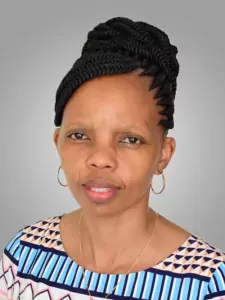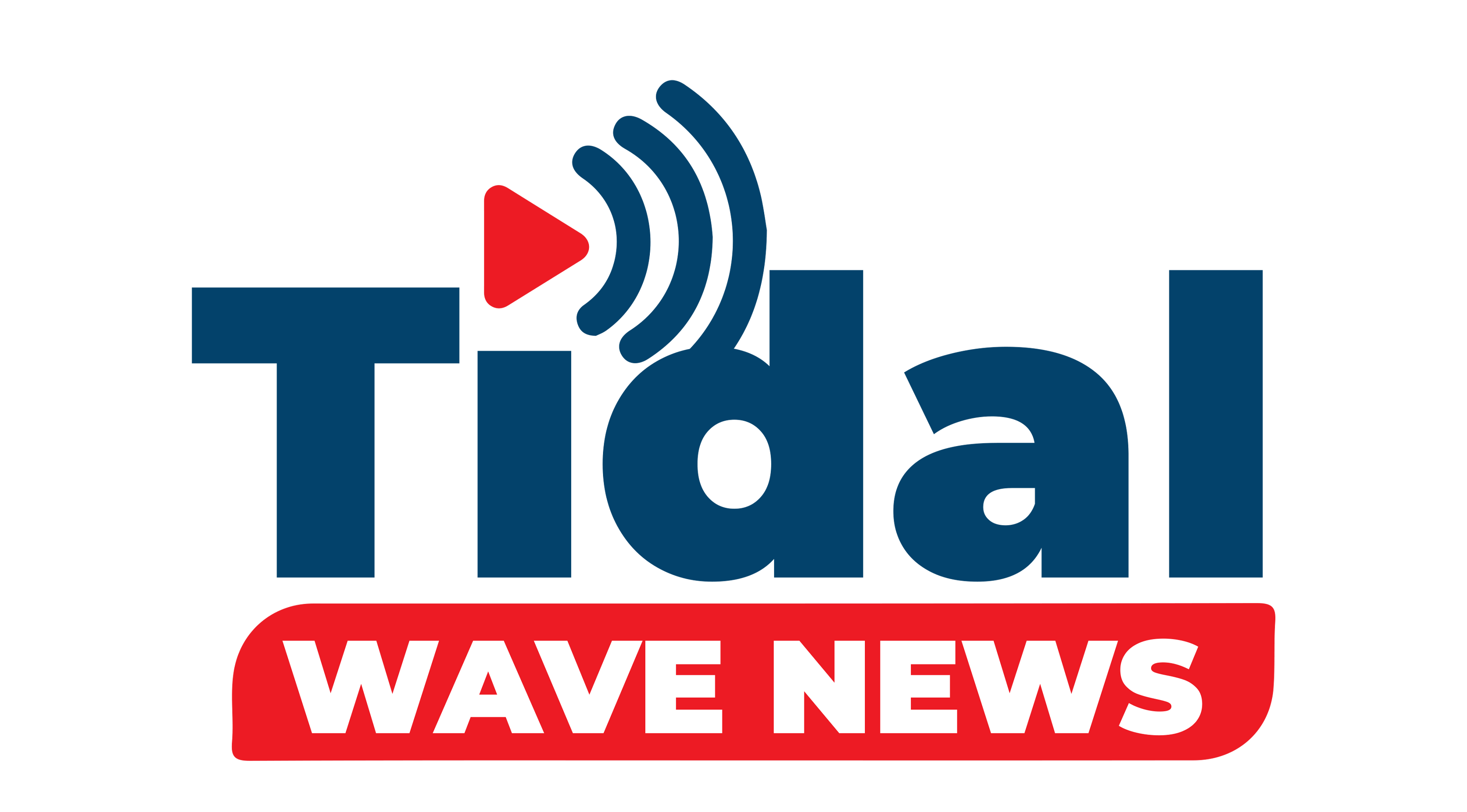
Kenya Universities and Colleges Central Placement Service (KUCCPS) has now opened the portal for college choice revisions.
Students who wish to apply for placements or revise their university and college choices have until Wednesday next week to access the KUCCPS.
The portal that was opened on May 17 will be closed on Wednesday to allow for simulation by the agency.
Students will be placed to programmes based on their performance and available capacities in institutions of higher learning.
The portal will be reopened for the second revision for 12 days from June 19 to 30. Students who will not have secured their preferred courses or institutions will get another chance to apply for alternatives.
Meanwhile, there will be another one-week simulation before the portal is opened for the third and final revision from July 10 to 14.
A final simulation will follow then students will get their placement results August 9.
According to KUCCPS’ boss Dr. Agnes Mercy Wahome, 90 per cent of students who qualify for university admission apply for placement.This year, the application process is significantly different in compliance with the new funding model.
Under the new dispensation, the government has shifted from the differentiated unit cost model to fund students directly through a mix of scholarships, loans and bursaries as opposed to the capitation that would be sent to universities.
All universities participating in the centralised placement have indicated the cost of all their programmes on the KUCCPS portal to allow students to assess the cost their families will have to bear.
“The universities must attract students. The courses offered must also have a relationship with the job market. We want to put more money in loans and the ultimate goal is to have university education funded at 80 per cent loans and 20 per cent scholarship,” Dr Wahome said.
Students from families categorised as less needy will pay more for university education under the new funding model as the vulnerable get full government scholarships, loans and bursaries.
The model aims to radically shift government support for higher education from automatic grants to student loans sustained by a revolving fund and scholarships.
The model will be jointly implemented by three agencies in the higher education sector. These are the KUCCPS, the Higher Education Loans Board and the Universities Fund.



